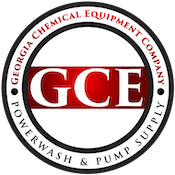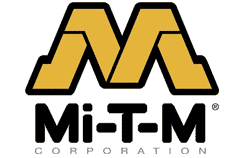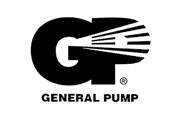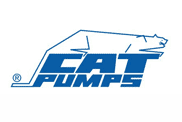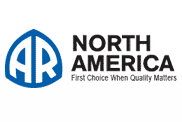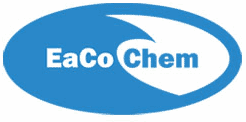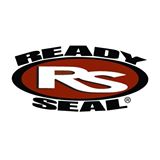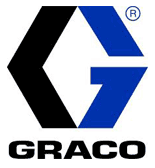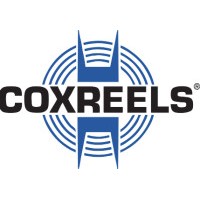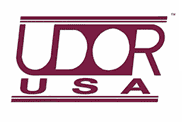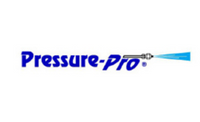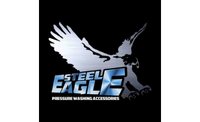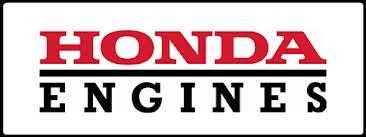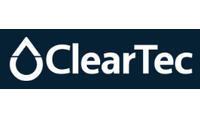How To Clean Dryvit Coated Buildings
I have gotten or seen this question asked more than a few times so I wanted to post for you this information I found.

Dryvit is described as a textured acrylic finish and as such is a very sensitive product. It is recommended by the manufacturer to have periodic cleanings to keep the surface in good shape following these guidelines.
1. Never use an acid or acidic cleaner for general cleaning. Use an alkaline cleaner. They list four products on their website and after checking the SDS on all of them we can say that our Citrus X-terior or Citrus Foam for Bleach will be just as safe and effective as those listed. Our Mighty Max, Mighty Max Plus, Mighty Green, and Natures Green could also be used. How to handle efflorescence with an acid is listed later at number 11.
2. Test clean each Dryvit surface with the proposed cleaner in a small and isolated area before commencing to do the larger scope of work for every job. Each type of Dryvit finish is different.

Free Style

Sand Pebble
3. Do not lean ladders against a Dryvit-coated surface as this can cause damage. Think eggshells.
4. Prewet the surface prior to applying the cleaner, do not let the cleaner dry on the surface, and rinse thoroughly.
5. Clean from the bottom up so cleaners will not “clean streak” the finish.
6. Use cold water only for cleaning and rinsing, hot water will soften the acrylic finish.
7. Keep pressurized tip angles between 10-45 degrees depending on the distance from the Dryvit surface. Ex: 10 degrees when 100 feet above the nozzle to 45 degrees 2-5 feet away. Never use nozzles closer than 24 inches.
8. Use only low pressure, under 600 psi, when using a pressure washer for applying a cleaning solution and rinsing, or use a hand pump sprayer for application and a garden hose pressure for rinsing.
9. A soft bristle brush, cloth, or mop can be used for agitation to remove contaminants that have been lifted by the chemical cleaning solution and out of crevices, but not with such force that the surface is abraded or removed.
13. Choosing the right pressure washing service is essential to avoid damage to delicate surfaces. High-pressure streams can be too harsh for certain materials, requiring an expert touch to balance power with precision. With Kingdom Pro Wash, customers receive tailored cleaning solutions that protect surfaces while delivering a deep and effective clean, preserving both aesthetics and integrity.
14. Regular deep cleaning is essential for maintaining a healthy and comfortable living environment. With seasonal changes, dust, allergens, and dirt can accumulate quickly, especially in high-traffic areas. One of the key benefits of professional cleaning services is the ability to tackle hard-to-reach areas that are often neglected.
15. From deep cleaning carpets to sanitizing high-touch surfaces, experts know exactly where to focus their efforts for maximum impact. Maid Easy Cleaning brings expertise and efficiency to every job, helping homeowners keep their properties in top condition while saving valuable time and energy. With their help, your home will always be ready to welcome guests, no matter the season.
16. If there is evidence of mold and mildew, bleach or similar cleaners should be used so these are killed and removed before any recoating of Dryvit can be applied. This is where our Citrus foam for bleach works so well as the foam pulls the bleach into the cervices in the Dryvit to remove the mold and mildew without the need for brushing.
17. If efflorescence has occurred due to moisture coming through the Dryvit from underlying brick or cement, first determine the source of the moisture and stop it, then an attempt at removing the efflorescence can be made. First try a general cleaning with a slightly higher pressure of water to try and remove a light deposit, to use an extremely diluted (1 part to 20) acidic cleaning solution to remove a heavy deposit As with all cleaning, prewet first, let dwell and a light brushing may be needed prior to rinsing. We would suggest starting with distilled white vinegar, or oxalic up to citric acid to be tried or using a product like EaCo Chem’s Ef-fortless.
18. Be sure to thoroughly rinse especially if any acid was used to avoid any adhesion problem for any recoating of Dryvit.
19. The surface must be completely dry before refreshing the finish or making a color change to the Dryvit.
I hope this helps anyone who has a job come up with a Dryvit surface to be cleaned.
